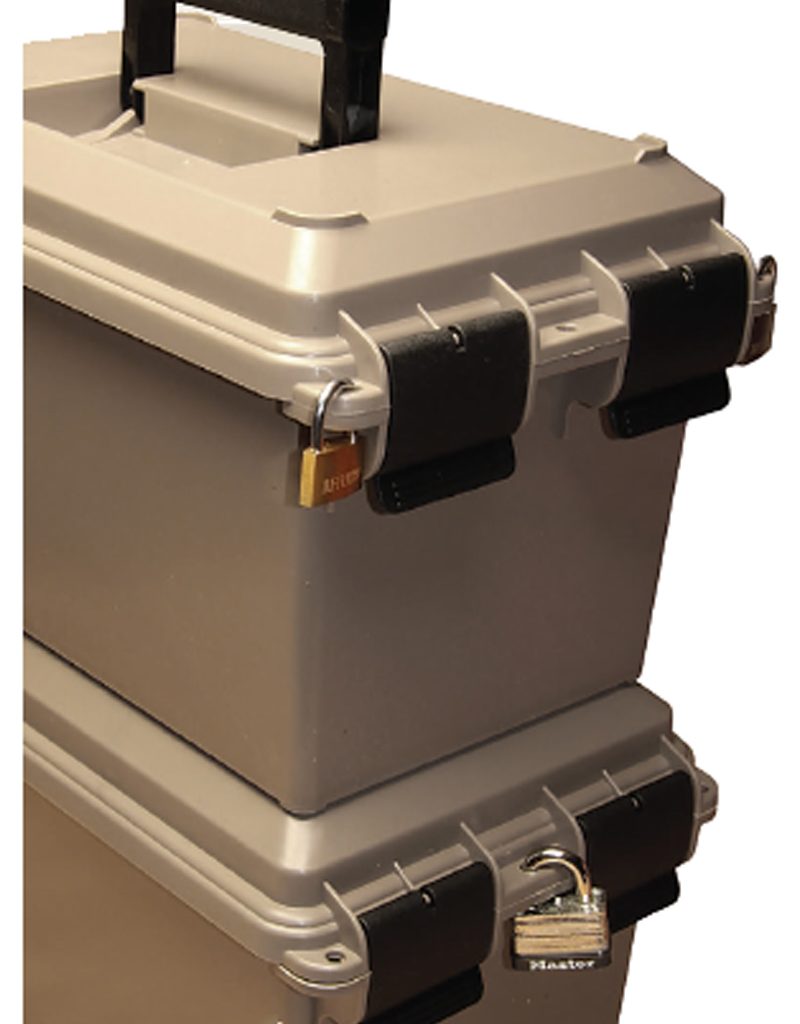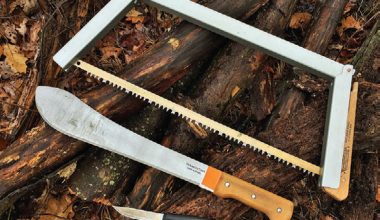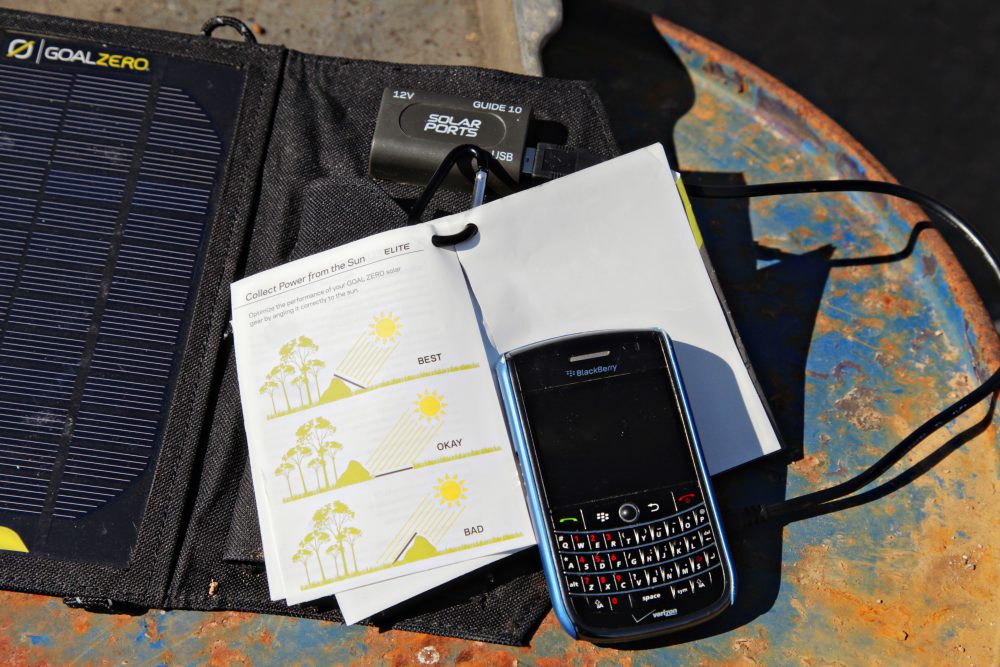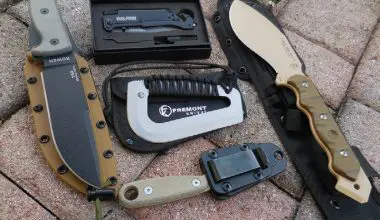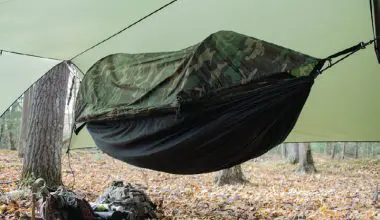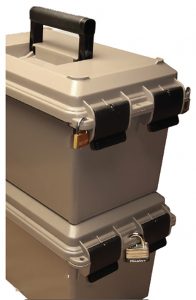
S.W.A.T. has run a number of articles on how best to store emergency supplies: what containers to use, rotating food, expiration dates, etc. But a recent letter from a reader inquired how to store ammunition long term, and I realized we had not touched on that subject. What follows are some basic tips and my own practices developed over the last four decades.
Ammunition should be kept in the original manufacturer’s box. If you have a half-empty box from one manufacturer and a second half-empty box from another, avoid the temptation to combine them and make one full box.
Besides knowing for sure which ammo performed well, the main reason for keeping ammo in its original container is safety. It is all too easy to put .300 Blackout in with some .223, .40 S&W in with .45 ACP, and so on.
Rather than bulk packing reloads, I use small (snack size) zippered plastic bags. The small bags seem made to order for 50 rounds of most pistol ammo. Basic load info—
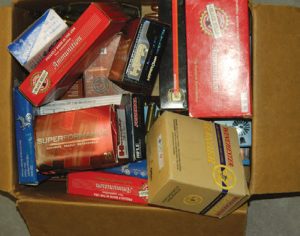
caliber, bullet weight and powder charge—is placed on each bag. For rifle ammo, specifically .223, I preload the individual rounds on stripper clips before storing them in an ammo can.
Table of Contents
KEEP YOUR POWDER DRY
Ammunition’s worst enemy is moisture. Store it at least a couple inches off the floor to minimize transfer of condensation. Especially for long-term storage, ammunition should be stored in a waterproof or water-resistant container. This can be easier than some realize. Plastic storage boxes with lids that snap securely and even coffee cans may be used. Double seal it with a strip of duct tape or melt wax around the seal.
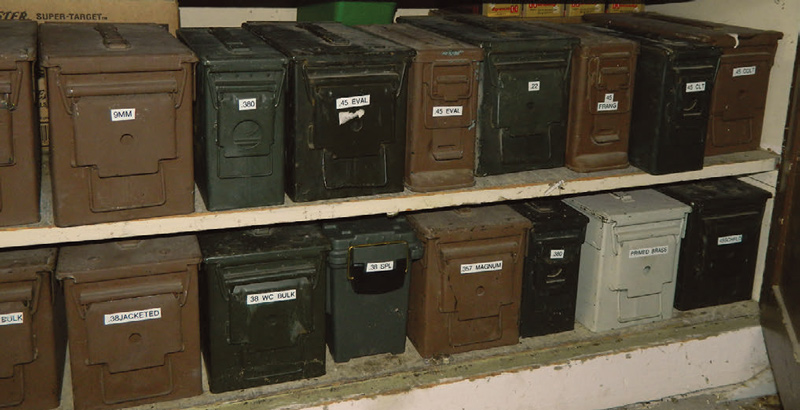
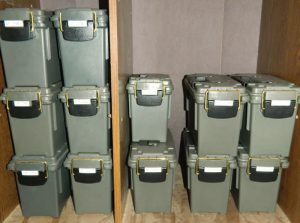
Even if you live in the arid southwest, there is some moisture in the air, so put in a small package of silica gel desiccant (the small paper envelopes that come with many products) and you’re good to go. If you’re unsure how much moisture the envelope has already absorbed, placing them on a cookie sheet in the oven at low heat—around 275 degrees—for a couple of hours can recharge them.
I prefer purpose-made waterproof containers such as surplus metal ammo cans or plastic ammo boxes such as those made by MTM Molded Products Company and Plano Molding for several reasons. First and foremost, they all have a rubber gasket that runs the entire perimeter, creating a water- resistant—if not waterproof—seal.
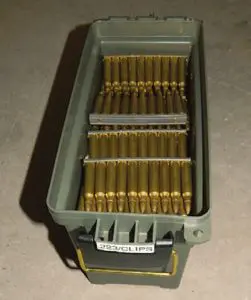
Second, they are rectangular like cardboard ammo boxes, so the available interior space is used more efficiently than a round container (think square peg in a round hole).
Next, they are easily stackable and once again, due to their shape, space is not wasted. However, I like to keep stacking to a minimum, usually no more than three high. Like everything else, whatever you seem to want will always be on the bottom….
Finally, they are versatile. Besides ammo, they can be used for any other item you want to keep high and dry—primers, optics and electronics come immediately to mind, but the uses are unlimited.
I have about 40 military surplus ammo cans, but the plastic “cans” are becoming my personal preference, not only because of their weight, but also because they have more interior space than their similarly sized military counterparts.
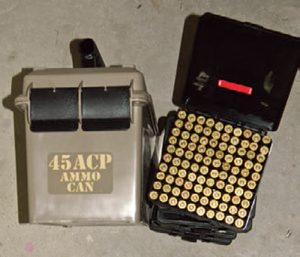
I obtained most of my GI cans years ago when the .50-caliber size was selling for about $3. Presently, the same size (with the rubber seal in good condition) is selling for close to $20, and the .30-caliber size—when you can find them— for almost as much. In contrast, the larger plastic boxes cost about $7 and the .30-caliber plastic boxes are often on sale for half that price.
The weight of ammo adds up quickly, and is the main reason I prefer to use the smaller .30-caliber size cans. Don’t store in larger than the .50-caliber size cans or boxes as they are simply too heavy to move.
I use the .50-caliber size plastic boxes to organize and store magazines to keep them moisture and dust free. One box can hold up to 35 AR mags.
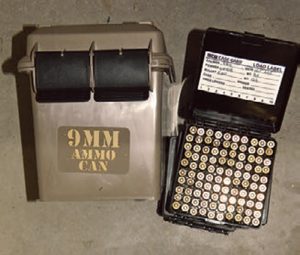
SPECIALTY BOXES
I have used many MTM products over the years, including reloading equipment, target holders, range boxes, and of course, ammo boxes. Not too long ago, MTM came out with their Ammo Can Combos to store .45 ACP and 9mm Luger ammo. The Combos include an AC50 box and ten P-100-9 hinged boxes for 9mm, and an AC50 box and seven P-100-45 hinged boxes for .45.
The 9mm hinged boxes will also hold 9MM Makarov, .38 S&W, .38 Short, .380 ACP, .30 Luger and 9x21mm. The .45 hinged boxes will accommodate 10mm, .40 S&W and .357 SIG.
The MTM Tactical Magazine Can is great for a day at the range or possibly bugging out with 15 pre-loaded AR mags. Each magazine fits in an individual cell to keep them from banging around, as well as facilitating easy retrieval.
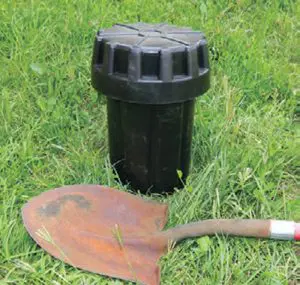
BURY IT?
Generally speaking, I believe that if circumstances have become so dire that we consider burying guns and ammo, it is actually time to dig them up. With that said, having an emergency cache for a rainy day may not be a bad idea. Once again, MTM has a ready-made product for this purpose with their Survivor Ammo Can, designed for underground ammo storage and other uses.
This three-piece can consists of a bucket-style body, double O-ring sealed lid, and screws that attach it to the body. The protective cap is designed to shed water away from the can. Every Survivor Ammo Can comes with a vapor corrosion inhibitor plastic bag to line the ammo can, along with a desiccant pack to help with humidity control. In addition to ammo, it’s great for emergency cash, food stash, copies of important documents, basic survival gear, and much more. Only your imagination limits its use.
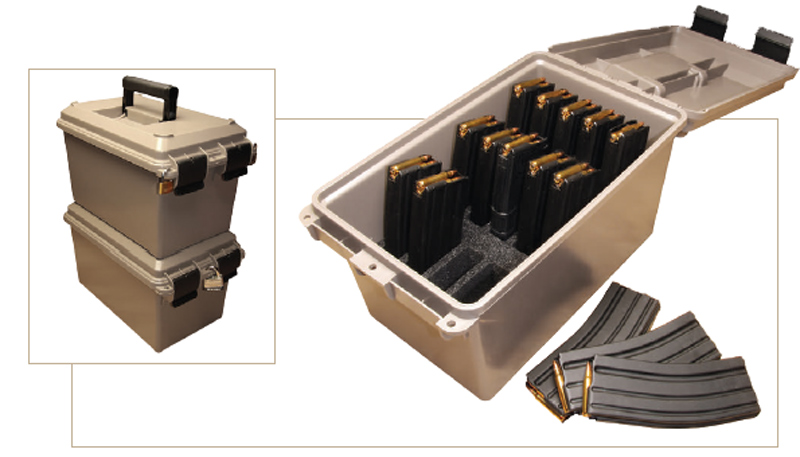
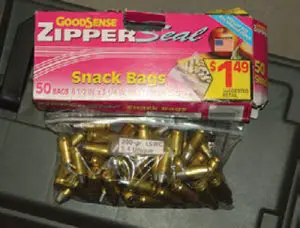
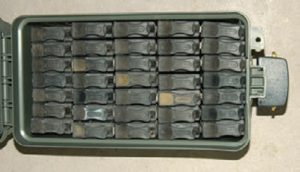
Another simple, reliable solution for items that are to be buried in a cache are lengths of PVC pipe. Buy a diameter that serves your purposes along with a cap for each end. Using PVC glue, attach one cap and let it dry. Place whatever items you choose inside with a desiccant pack and then glue on the other cap. Place a small wire-type PVC saw in a plastic bag and wire it to the pipe so you can easily retrieve the contents at a later date.
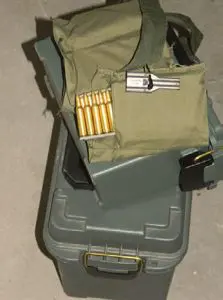
CONCLUSIONS
No matter what method of storage you decide upon, be sure to make the container as resistant to water and humidity as possible. Keep the containers to a manageable weight.
Finally, I should touch on other environmental concerns. Some say that ammunition should be stored in a cool area such as a basement. I personally believe that a constant temperature that does not fluctuate to extremes is more important. I recently fired some .45 ACP loaded 15 years ago and stored in an unheated garage, and had no problems.
There is no need to rotate ammo stocks as you rotate stored food. Properly stored ammunition should last for many years.
